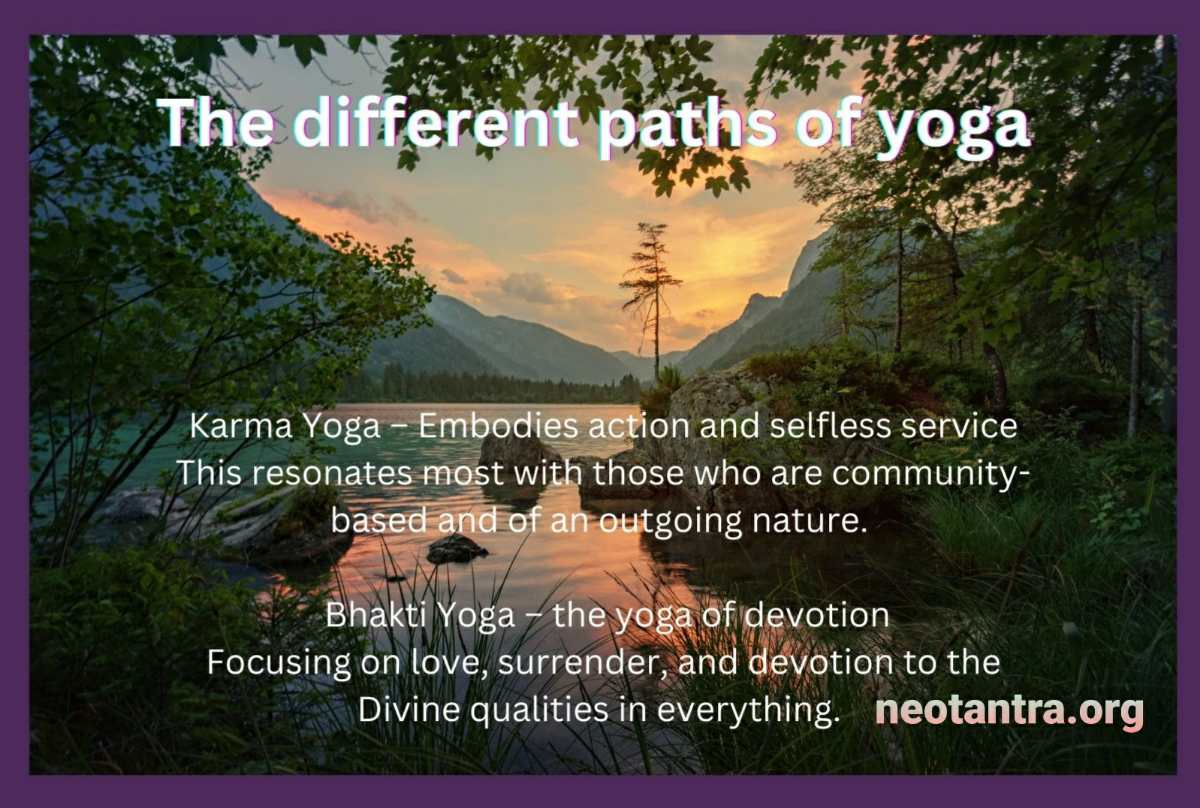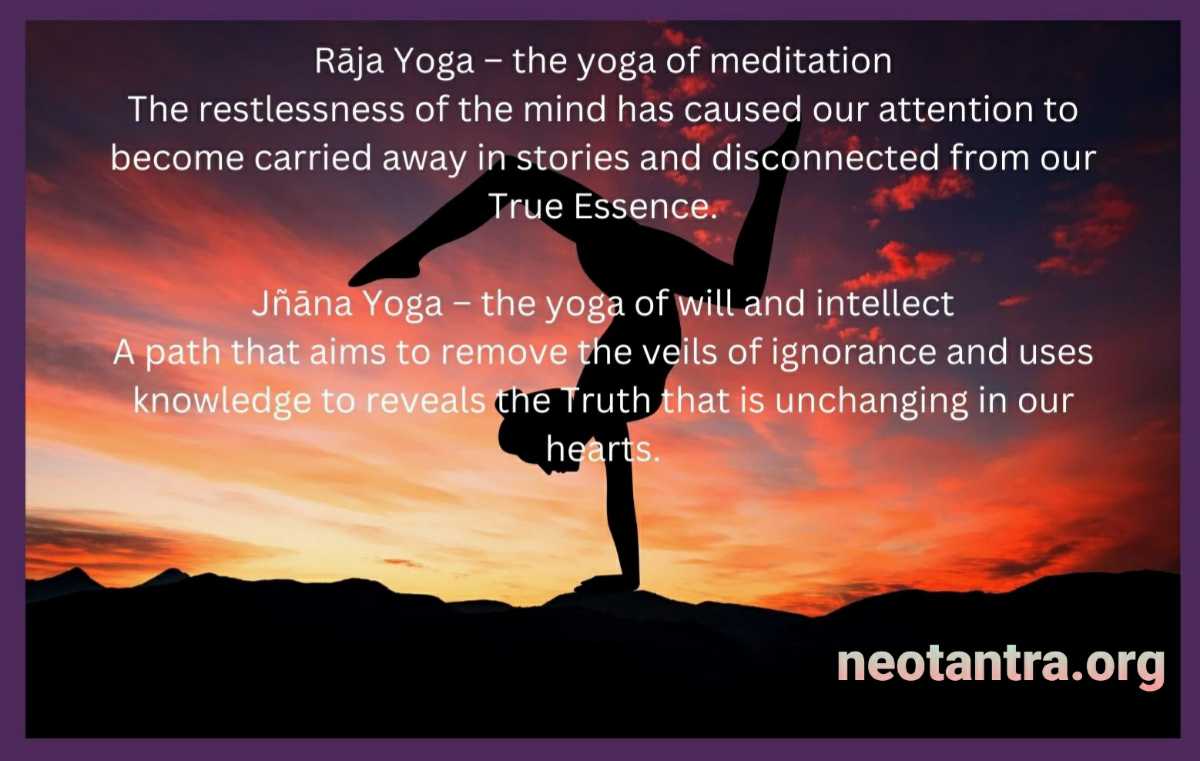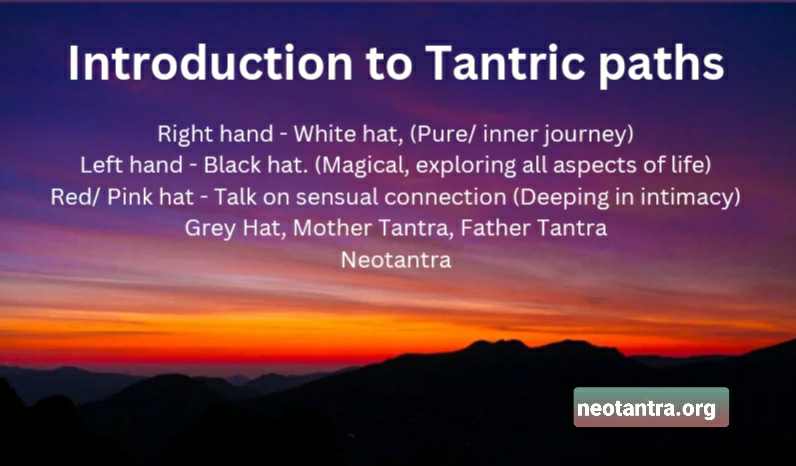These practices and skills have been said to be essential for a Tantric practitioner to explore and master. While the specific list may vary somewhat between different Tantric traditions, here is one commonly cited version of the 64 arts and sciences:
- Painting
- Drawing
- Sculpting
- Dancing
- Music
- Singing
- Poetry
- Drama
- Weaving
- Embroidery
- Cooking
- Gardening
- Perfumery
- Making garlands and jewelry
- Making fragrant ointments and cosmetics
- Playing musical instruments
- Woodworking
- Metalworking
- Pottery
- Calligraphy
- Reading and writing
- Study of grammar and vocabulary
- Study of prosody and poetics
- Study of logic and reasoning
- Study of the Vedas
- Study of the Puranas
- Study of astrology
- Study of Ayurveda
- Study of mathematics and geometry
- Study of astronomy
- Study of alchemy
- Study of philosophy
- Study of the arts of war
- Equestrian skills
- Elephant riding
- Snake charming
- Rope tricks
- Juggling
- Acrobatics
- Yoga
- Pranayama (breathing exercises)
- Meditation
- Trance states
- Worship of deities
- Offering of gifts and sacrifices
- Making and using talismans and amulets
- Hatha yoga
- Kundalini yoga
- Yantra (sacred geometry)
- Mantra (sacred sound)
- Mudra (sacred gestures)
- Puja (ritual worship)
- Homam (fire sacrifice)
- Japa (repetition of mantras)
- Nyasa (placement of mantras on the body)
- Bhakti yoga (devotional practice)
- Karma yoga (selfless service)
- Raja yoga (the path of meditation and self-realization)
- Tantra yoga (the path of ritual and energy)
- Laya yoga (the path of dissolution)
- Kriya yoga (the path of purification)
- Shakti yoga (the path of the divine feminine)
- Guru yoga (devotion to the spiritual teacher)
- Maha yoga (the great synthesis of all yogic practices)
It’s important to note that the 64 arts and sciences are not meant to be taken as a definitive or exhaustive list, but rather as a way of symbolizing the wide range of skills and practices that a Tantric practitioner may engage in as part of their spiritual path. Additionally, not all Tantric practitioners will necessarily master them, depending on the individual’s goals, lineage, and level of attainment.
Mastering the 64 art’s can lead to a more fulfilling and successful life
The Indian texts on love suggest that individuals should strive to master as many of the 64 arts as possible. These arts encompass various areas of human relationships, including communication, art, music, dance, and more.
One of the benefits of being accomplished in these arts is that it brings honor and respect in society.
People who have a deep understanding and skill in these arts are seen as desirable partners and are able to bring great experiences to those that they entertain.
Another benefit of mastering these arts is that it can enhance the ability to live a more fulfilling life.
By possessing knowledge and skill in these areas, individuals can better connect with their partners, be it a spouse, lover, or husband, and provide more satisfaction and fulfillment in the relationship.
Additionally, the mastery of the 64 arts can also lead to self-sufficiency. By being knowledgeable in these areas, an individual can explore and develop their own skills and talents, which can lead to personal growth and success.
Overall, the Indian texts on love promote the idea that mastering the 64 arts can lead to a more fulfilling and successful life, both in personal relationships and in society as a whole.
Starting with a wide range of skills and practices that were developed in ancient India to promote personal growth and enhance relationships. Here are some benefits.
- Deepening in expressing creative potential, a beautiful way of connecting with the divine, source and sharing this with our community.
- Improving communication and emotional connection: Tantra also emphasizes the importance of being honest, respectful and present. Practicing deep listening helps partners improve their communication skills and develop a deeper emotional connection, leading to more satisfying and fulfilling relationships.
- Developing mindfulness and self-awareness: Through practices such as meditation and self-reflection, individuals can develop a greater understanding of their own thoughts, feelings, and behaviors, which can lead to greater self-awareness and personal growth.
- Enhancing overall well-being: Many of the practices in Tantra, such as yoga and meditation, have been shown to reduce stress and anxiety, improve sleep quality, and promote overall physical and mental health.
Overall, there are many benefits for individuals and couples, promoting personal growth, enhancing relationships, and cultivation of well-being.
Karma sutra 64 arts sensual side of Tantra
The Kama Sutra is an ancient Indian text on human sensual behavior, widely considered a classic work on the topic. The text contains 64 chapters or “arts” that cover various aspects of human relationships, including courtship, marriage, love making positions, and sensual pleasure.
The 64th art of the Kama Sutra is known as “Sundry Experiments and Recipes.” It is a compilation of various intimacy practices, techniques, experiments, and recipes intended to enhance sensual pleasure and satisfaction. This covers a wide range of topics, including techniques for kissing, biting, scratching, and marking the body, as well as tips on seduction and foreplay.
Some of the other arts in the Kama Sutra include the art of love, the art of kissing, the art of scratching, the art of biting, the art of moaning, the art of embracing, the art of courtesans, the art of role-playing, the art of flogging, and the art of sexual positions. Each part explores different aspects of sensual behavior and provides guidance on how to maximize pleasure and satisfaction.
Where is the Love?
In romantic love, individuals may experience intense feelings of attraction, desire, and connection towards another person. This can lead to a deep emotional and physical bond, as well as a desire to care for and support one another. Romantic love can also involve challenges and difficulties, such as jealousy, conflict, and heartbreak.
Familial love is the love that exists between family members, including parents and children, siblings, and extended family. This type of love is often characterized by a sense of duty and responsibility, as well as a desire to provide emotional support and care for one’s family.
Platonic love is a non-romantic form of love that exists between friends, colleagues, and acquaintances. This type of love is often characterized by a deep sense of connection, mutual respect, and support.
Self-love refers to the practice of caring for and accepting oneself, including one’s strengths, weaknesses, and flaws. This type of love is important for promoting mental and emotional well-being, as well as developing healthy relationships with others.
Overall, love is a fundamental human emotion that plays a significant role in shaping our lives and relationships. While it can be a source of joy and happiness, it can also involve challenges and difficulties. Ultimately for growth, love shines light onto any shadows.
Unconditional love
Unconditional love is a type of love that is given without any expectation of receiving something in return. It is often described as a pure and selfless form of love that is not dependent on external factors such as physical appearance, social status, or personal achievements.
Unconditional love involves accepting someone for who they are, flaws and all, and loving them without judgement or criticism. It is a love that is given freely and without reservation, even in the face of challenging circumstances or difficult behavior.
This type of love is often seen in the relationship between a parent and child, where the parent’s love for their child is unwavering and enduring, regardless of the child’s actions or behavior. It can also be seen in close friendships or romantic relationships, where partners support each other through thick and thin and love each other for who they are, not what they can offer.
Unconditional love is often considered a high ideal in human relationships, as it requires a deep level of empathy, compassion, and selflessness. While it may be difficult to achieve and maintain, the rewards of unconditional love can be immense, creating a sense of trust, security, and emotional intimacy that can last a lifetime.


